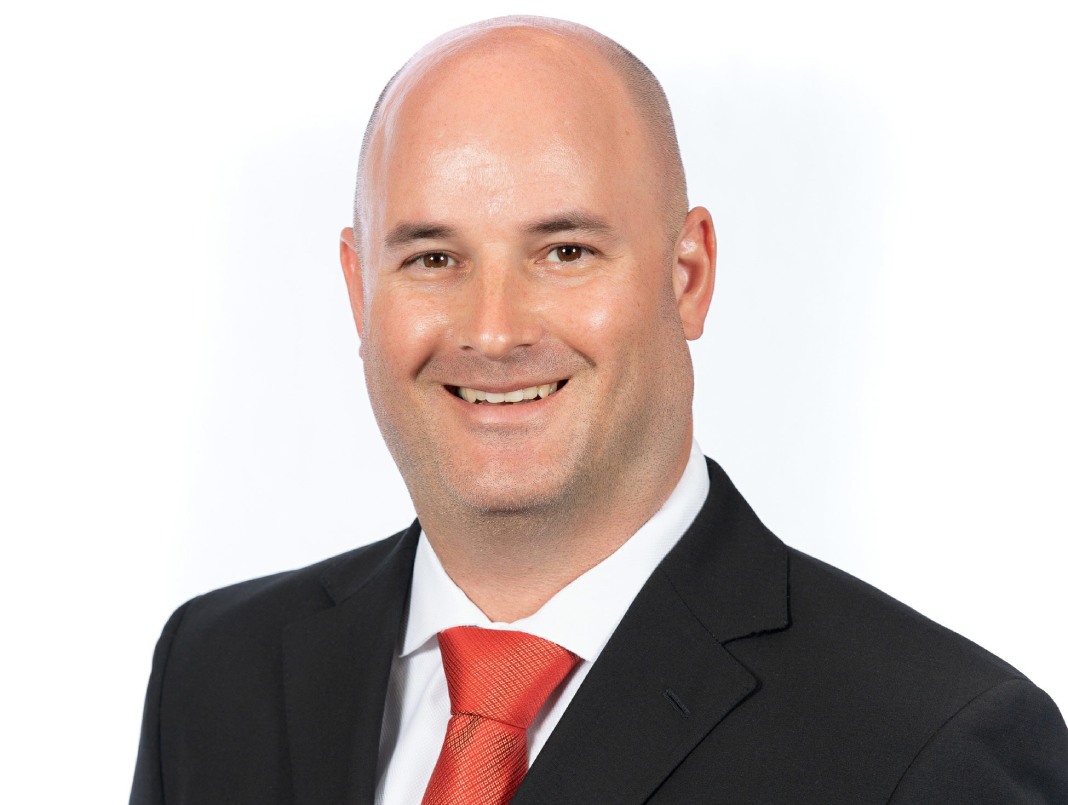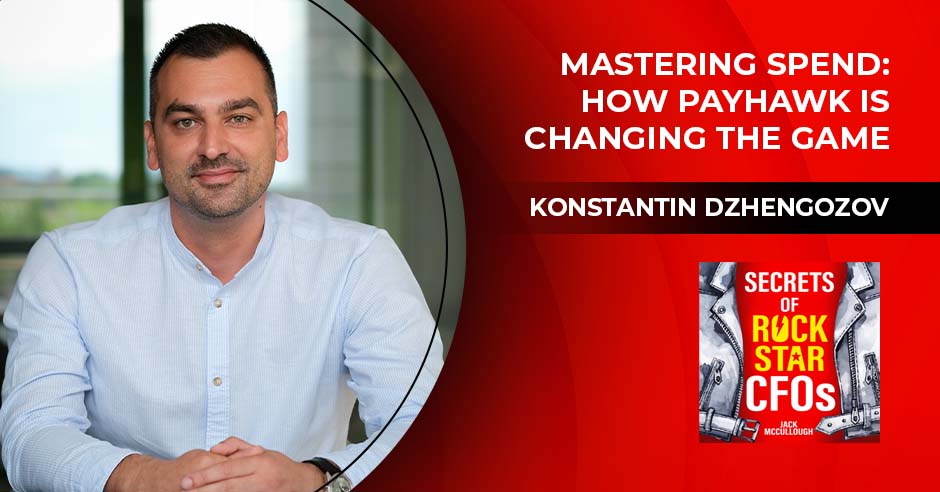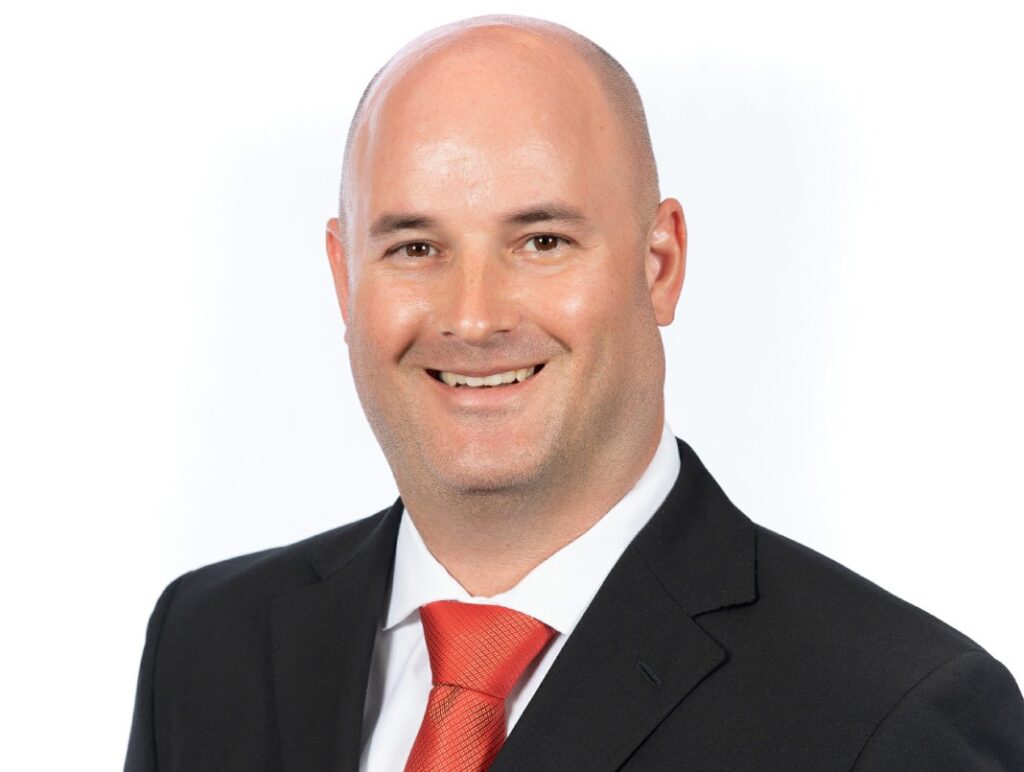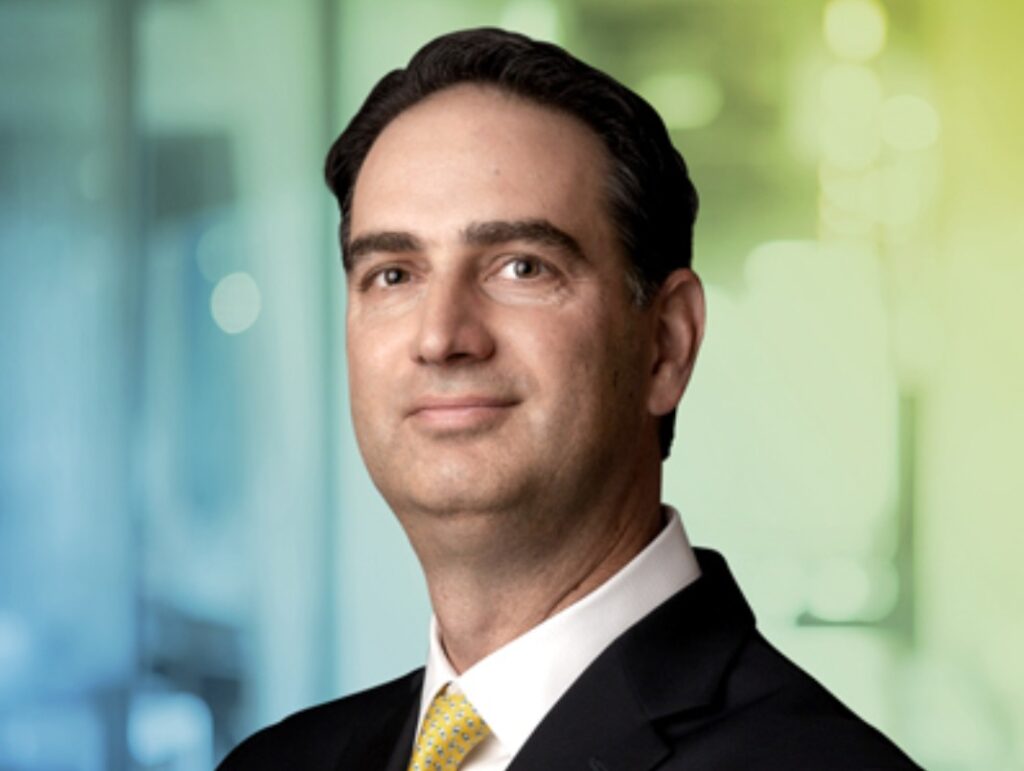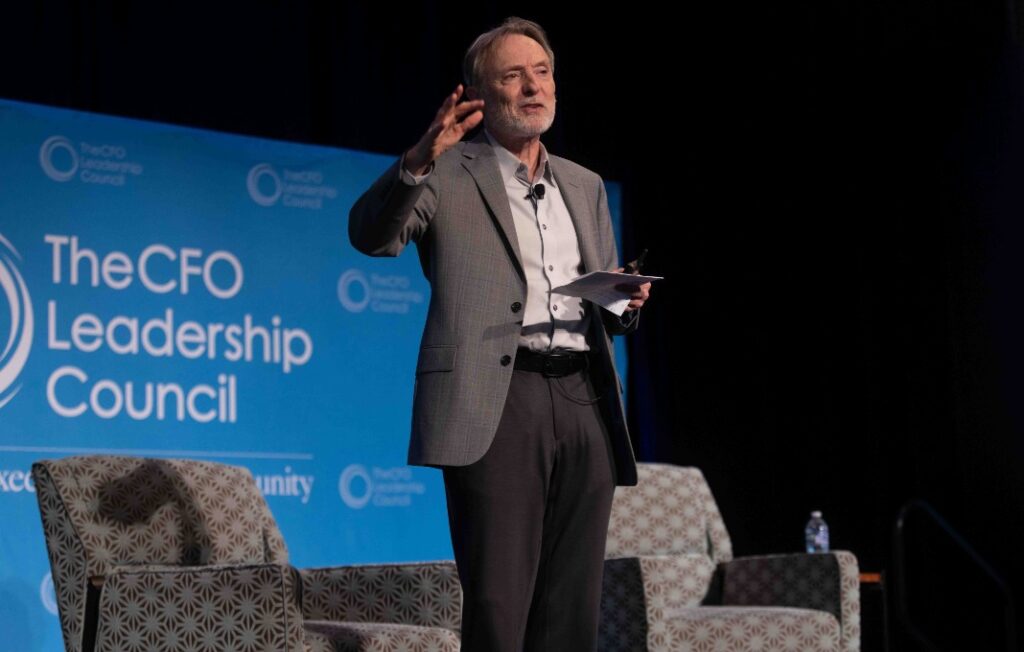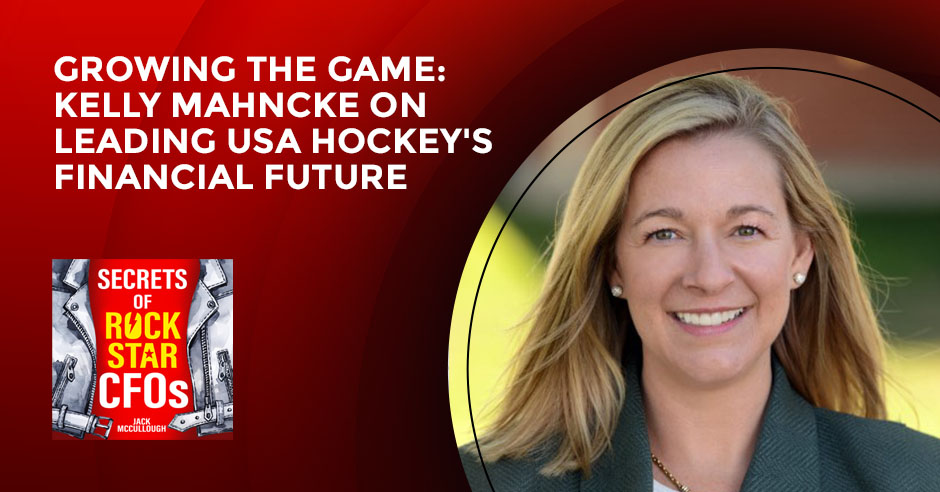Only about one-quarter of the business of Fortune 500 company Avnet occurs in the United States, perhaps one reason the Phoenix-based, publicly held distributor of electronic components with $24 billion in revenue is little known outside of its name appearing on the uniforms of the Arizona Diamondbacks baseball team.
“We’re never going to be the sexiest company in terms of industry necessarily. We’re a little bit below the radar,” says Ken Jacobson, Avnet’s CFO.
Being “below the radar” doesn’t seem to matter inside the company: one of the many assets Avnet, founded in 1921, has that other companies don’t is a culture of low turnover and promotion from within, including in the finance department. As with many organizations, however, Avnet faces a near future in which some very experienced people will be ready to retire.
We asked Jacobson about how the company approaches succession planning, why he stayed with Avnet after a stint as interim CFO and how higher interest rates affect the distribution business.
Do you have a culture of internal promotion within finance, and does that help with recruiting?
Since we’ll never be the highest payer in the market, we try to promote the idea that you can have a career here. We have a lot of tenure within finance. We look at the positives of tenure: How do we leverage that experience, especially with new people coming in? They can learn a lot from someone in the industry for 20 years. We also treat the finance team as an extension of the business, and that goes for all support functions, so you can feel like you are a part of something bigger than just being a finance person. You can be part of the business, and you can be part of a solution.
You were an interim CFO for about seven months in 2017 and 2018, then returned to the controller’s office. You didn’t leave the company.
The important thing is after that [interim] opportunity, I was able to expand my responsibilities in pursuit of the CFO role. Five years before I became CFO, the management team just didn’t [think I had] enough experience to qualify for the role. But they were comfortable putting me in the interim while they pursued an external candidate. I understood that, and they were very transparent, which helped. When the new CFO was hired, my role was expanded as part of onboarding the new CFO. I combined the accounting and back office with business support, like FP&A. I got a lot more business exposure and expanded my relationship base. I think I had the right attitude and approach: Learn as much as possible and try to add value in the expanded role. I understood that my time would come. [It did in 2022.] But sometimes people get frustrated when they don’t get the job or the opportunity. I’ve used it as an example with my team: Be ready to take on the opportunities that present themselves, and, at some point, you’ll be recognized.
Does the organization have a formal succession plan for the CFO and other positions?
We have a formal succession plan for any of our key roles; whether any company with a succession plan has the best choice for successors is a different question. We take succession pretty seriously. We do two “talking talent” sessions a year. We go through employee ratings and the succession plan and think about it as emergency one- to two-year readiness and then readiness in three to five years. We try to be very intentional about having backup plans in case someone wins the lottery. The board has stressed that a lot. … Part of our job is to set the company up for future success. And it’s not about the executive team, it’s about the company and how we make sure that it sustains itself even if we’re not here.
But it’s not perfect because we don’t necessarily have an ideal plan in all of those [succession] scenarios. One of our challenges with tenure is a few senior people are going to be retiring over the next five years or so. How do we set up orderly transitions and ensure they don’t all happen at once? We tend to work with the executives about timelines and talk about those things openly, but we try as best as we can to think through it and ensure we’re not caught by surprise.
What about the plans for the CFO role in particular?
I have CFOs in each of our four global regions. I would say two of them are likely to retire in the next five years. One of them has a decent succession plan. The other one doesn’t have a great succession plan. We have a gap there. So, this year, we’ve talked about identifying a role in which we can bring some talent. I don’t think [the CFO] will retire anytime soon, but five years go by quickly sometimes. You snap your fingers, and suddenly, it’s a year from now. So, we’re trying to be intentional: What’s the timeline to bring somebody in? What’s the timeline to test that person?
A chief accounting officer would be a good candidate [for the head CFO job], but a business unit CFO would also be a potential candidate because they have a lot of experience with credit and collections. A lot of our exposure and risk is in accounts receivable. We buy inventory and sell components to someone, and we have a lot of outstanding receivables. We can’t get overexposed to a particular customer. There’s a lot of criticality to the [CFO] role [at Avnet], managing financial risks.
Do you have any special projects going on in finance?
I guess the most significant thing we’re focused on is the impact of the higher cost of capital. If you go back a couple of years, interest rates were two to three percent on our debt. We had a lot of growth, but then inventory started moving slower because it became more available. And then inventory ballooned. And that’s put a lot of pressure on our interest expenses over the last year and a half. The issue we have is that part of our value is providing terms to customers. We kind of play bank or play facilitator. We buy something, pay a supplier for it in 30 days, hold the inventory and then sell it. We might give the buyer 60-day terms. But if I gave a customer 60-day terms in the past and held four weeks of inventory, I could still make a decent [margin] if I charged 10 or 12 points.
Because my interest cost has tripled, am I making as much on the same deal? Or do I have to change the deal with the customer? How do we ensure we’re getting paid for the value we’re giving? How do we get more value by reducing the terms or increasing the customer cost? Our objective is to get a proper return for the cash we use. So, whether I get more pricing from the customer or reduce their A/R terms, both achieve the objective. But we’re trying to educate the business, making sure they understand this has a real impact. I would say that’s the most significant initiative we have— still adjusting our business model to the higher cost of capital.

